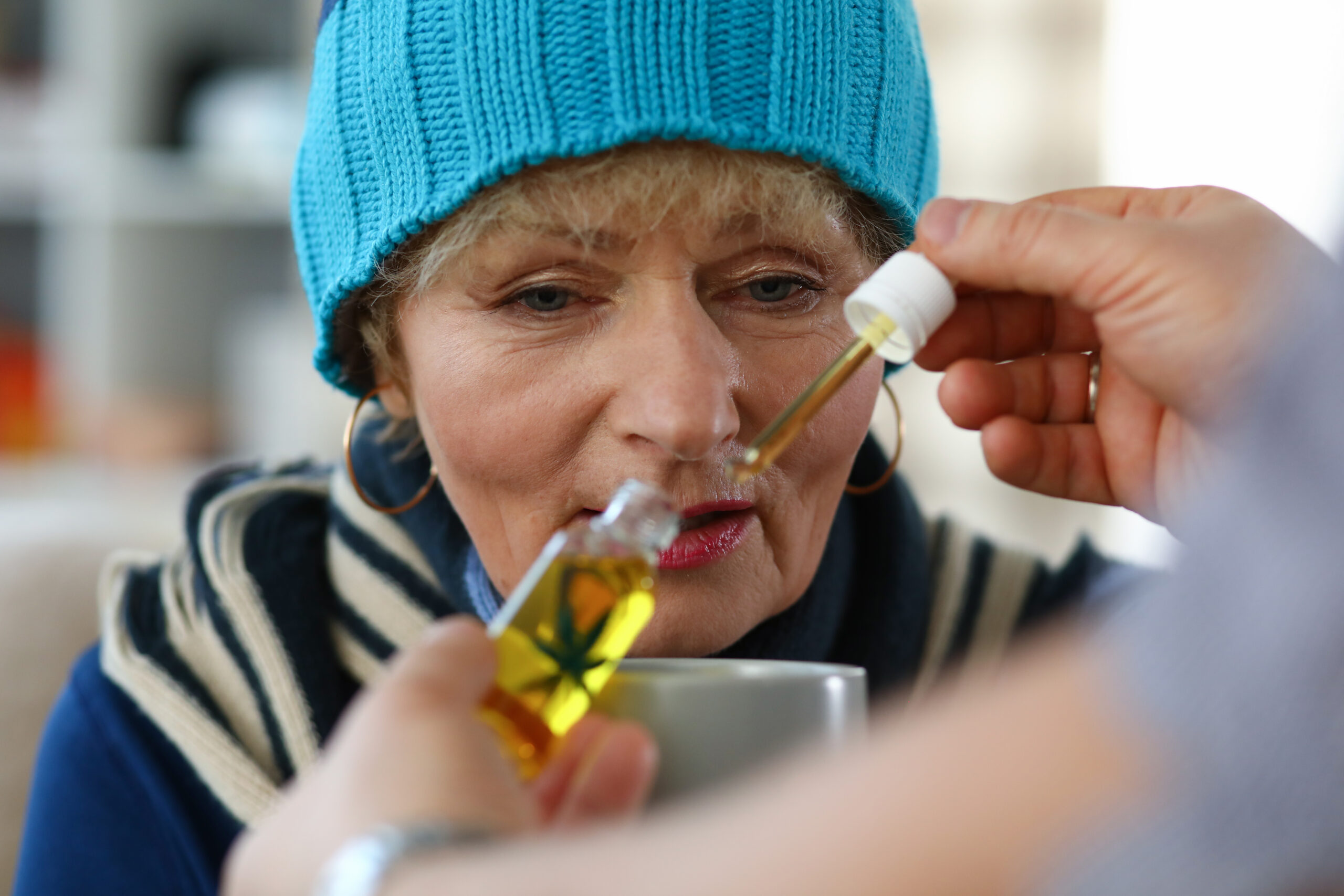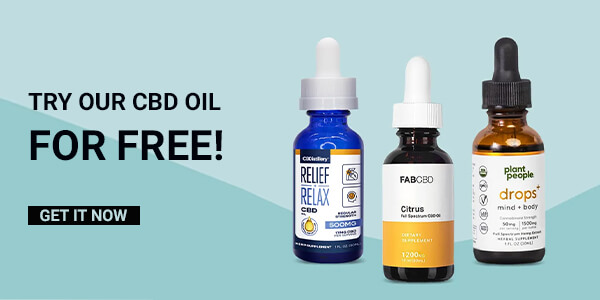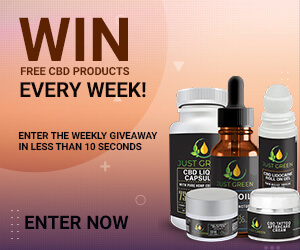Are you confused about how to take CBD oil? Below are ways to enjoy your CBD oil, including vaping and smoking.
CBD or cannabidiol is the second most used chemical compound after tetrahydrocannabinol or THC in the cannabis plant. CBD, THC, and other chemical compounds in the cannabis plant are collectively called cannabinoids. While research is still in the infancy stage, these cannabinoids, especially CBD, have shown potential benefits. The beauty and wellness sector is buzzing about CBD oil. Pamplona & Da Silva (2018) showed that this chemical compound helps with pain, insomnia, anxiety disorders, and arthritis. When it comes to taking CBD oil, you’re spoilt for choice. There’s an overwhelming choice of options, from oils and tinctures to topical creams, smoothies, and coffee blends. Below is a guide to help you decide on the best way to take your CBD oil.
Unlike CBD, THC has intoxicating properties, and it’s responsible for the high feeling of marijuana. However, CBD will not get you high but will offer you therapeutic benefits such as pain alleviation. CBD is not currently regulated by the Food and Drug Administration (FDA). The only approved use of CBD is for the treatment of epilepsy, in the form of the Epidiolex drug. Pamplona & Da Silva’s (2018) expounded on CBD for epilepsy. In addition, Teitelbaum (2019) stated that CBD is a powerful anti-inflammatory and can also be used to help manage various conditions such as anxiety and pain.
Elsewhere, Watt & Karl (2017) showed CBD as a potential treatment for Alzheimer’s disease. Although CBD has various uses, it’s worth noting that some forms of CBD are more bioavailable than others. This means the body more readily absorbs them. Below is a quick guide to help you navigate some of the ways of taking CBD oil to figure out what’s best for your needs.
Ways of Consuming CBD oil
Edibles
CBD edibles are CBD-infused foods or drinks that allow you to reap the benefits of CBD while enjoying your delicacies. They include cookies, brownies, and gummies. Edibles also do a great job of masking any weedy taste of cannabis. You simply chew and swallow the edibles. Edibles offer a convenient way to take CBD oil, whether at home, in the office, or traveling. Also, you can refrigerate your CBD baked goods to keep the CBD fresh.
Creams and Balms
You can use CBD oil in topical creams and balms, applied directly to the skin. The advantage of CBD creams and balms is that they offer localized relief, such as joint or muscle pain alleviation. You can find CBD-infused lotions, salves, balms, creams, and transdermal patches. Hammell et al. (2016) showed that CBD transdermal patch applied to rats’ skin greatly reduced joint swelling, thus promising results for people with conditions like arthritis. However, your skin’s permeability is quite poor relative to mucous membranes such as sublingual tissue. Therefore, when using a topical product, you’ll be required to go for one with a high amount of CBD and apply it generously.
Vaping and Smoking
Vape pens are easy to use and can go undetected since they produce little smoke. Also, when CBD is inhaled, it enters the lungs, where it bypasses the digestive system into the bloodstream. Additionally, although the effects of vaping kick in very fast, the effects last a very short time. Vaping is also a great way for those transitioning from smoking cigarettes.
What to Look For In A CBD Product
Despite the method you choose to take your CBD oil, there are a few things you ought to consider when shopping.
Full or Broad Spectrum
It’s advisable to buy products made of the full or broad-spectrum rather than CBD isolate to get the full scope of health benefits through the entourage effect. Full-spectrum CBD oil contains all cannabinoids in the cannabis plant, including THC. On the other hand, broad-spectrum CBD oils contain all other cannabinoids apart from THC. Russo (2019) found that THC and CBD work better together than when taken alone.
Third-Party Test Results
CBD products aren’t regulated by the Food and Drug Administration (FDA), and it’s important to ensure a third party has tested your CBD oil. It helps to know what you’re consuming and verify whether the product contains what the packaging claims.
Organic Grown Hemp
Shop for products made from organically grown cannabis in the United States. Cannabis grown in the U.S is subjected to strict agricultural regulations. It contains less than 0.3% THC levels, which are not enough to intoxicate you. Also, organically grown hemp ensures you’re less likely to ingest pesticides or other harmful substances.
Conclusion
Although there are many ways to take CBD, there’s no right or best way. It’s essential to try different methods and identify what works for you. Although there are many claims concerning the health benefits of CBD oil, we are currently relying on anecdotal evidence. Also, most studies have been done on animals and not humans. Moreover, the products are unregulated, meaning you can be certain that a product will work and be safe to use. Before using any CBD product, you should consult your doctor, especially if you’re on other medications. That’s because CBD may interact with other medications and cause adverse effects.
References
Hammell, D. C., Zhang, L. P., Ma, F., Abshire, S. M., McIlwrath, S. L., Stinchcomb, A. L., & Westlund, K. N. (2016). Transdermal cannabidiol reduces inflammation and pain‐related behaviors in a rat model of arthritis. European journal of pain, 20(6), 936-948.
Pamplona, F. A., Da Silva, L. R., & Coan, A. C. (2018). Potential clinical benefits of CBD-rich cannabis extracts over purified CBD in treatment-resistant epilepsy: observational data meta-analysis. Frontiers in neurology, 9, 759.
Russo, E. B. (2019). The case for the entourage effect and conventional breeding of clinical cannabis: no “strain,” no gain. Frontiers in plant science, 9, 1969.
Teitelbaum, J. (2019). A hemp oil, CBD, and marijuana primer: powerful pain, insomnia, and anxiety-relieving tools. Altern. Ther. Health Med, 25, 21-23.
Watt, G., & Karl, T. (2017). In vivo evidence for therapeutic properties of cannabidiol (CBD) for Alzheimer’s disease. Frontiers in pharmacology, 8, 20.
I presently work as a GP in London. Using the acquired academic and professional experience, I advise patients with various complaints about mental health – depressed mood, nervousness, lack of energy and interest, sleep disorders, panic attacks, obsessive thoughts and anxieties, difficulty concentrating, and stress. In my free time, I love to paint and go on long walks on the beach. One of my latest obsessions is sudoku – a wonderful activity to calm an unease mind.
[email protected]
- CBD Oil Tincture By JustCBD UK-Flavorful Explorations: Navigating JustCBD’s UK CBD Oil Tincture Odyssey - October 14, 2023
- Vape Kit By Vapesourcing-The Ultimate Vape Kit Comprehensive Review and Analysis - October 12, 2023
- Best CBD Oil Products - February 4, 2023








